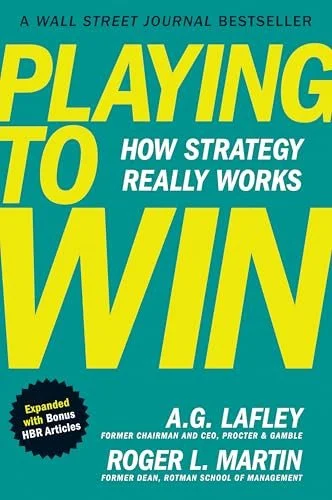Resources
Join our One Page Brief newsletter community to learn about the latest tools, trends, and insights to promote strategic excellence.
Our Latest Articles for Busy Executives
Defining Strategy
Welcome to the One Page Brief where we create curated content for busy executives. Every issue we share the latest field-tested tools for creating a discipline of strategic thinking and practice to help your organization perform at its best.
Welcome to the One Page Brief Newsletter
Welcome to the One Page Brief where we create curated content for busy executives. Every issue we share the latest field-tested tools for creating a discipline of strategic thinking and practice to help your organization perform at its best.
A Detailed Overview of Our Approach:
1. Our Process
2. Stakeholder Engagement
3. Support Options we offer after the kickoff
CINCINATTI ZOO
Illustrative Client Plan and Scorecard
Recommended Reading
The following articles, books, and monographs inform our own thinking about strategy and strategic planning.
A Playbook for Strategy: The Five Essential Questions at the Heart of Any Winning Strategy
A 5-page article providing an overview of the book Playing to Win.
Playing to Win: How Strategy Really Works
By A.G. Lafley & Roger L. Martin (Former Dean)
Understanding Michael Porter, The Essential Guide to Competition and Strategy
By Joan Magretta
The New Leader’s 100 Day Action Plan: How to Take Charge, Build Your Team, and Get Immediate Results
By George B. Bradt
Leading Change
By John P. Kotter
The One Page Strategic Plan offers a number of inherent benefits to non-profit organizations.
The simplicity and clarity of the OGSP® tool works well with employees who may not have had prior strategic planning experience.
The speed and efficiency of developing an initial OGSP® keeps time and cost requirements to a minimum versus other alternatives.
The intense “focus” built into OGSP® addresses the common tendency for non-profits to take on far more work than their resources can support.
Good to Great and the Social Sectors, highlights the important difference in defining and achieving “greatness” in social sector entities versus for-profit businesses. This includes focus and choice making given the more diffuse power structure of non-profits, and the tendency to embrace “activity” versus measuring performance against defined success criteria.











